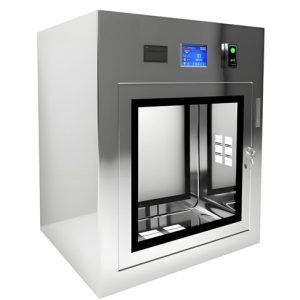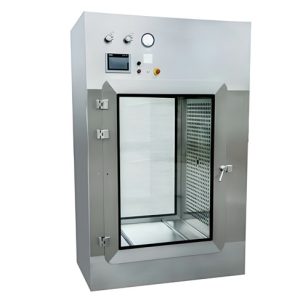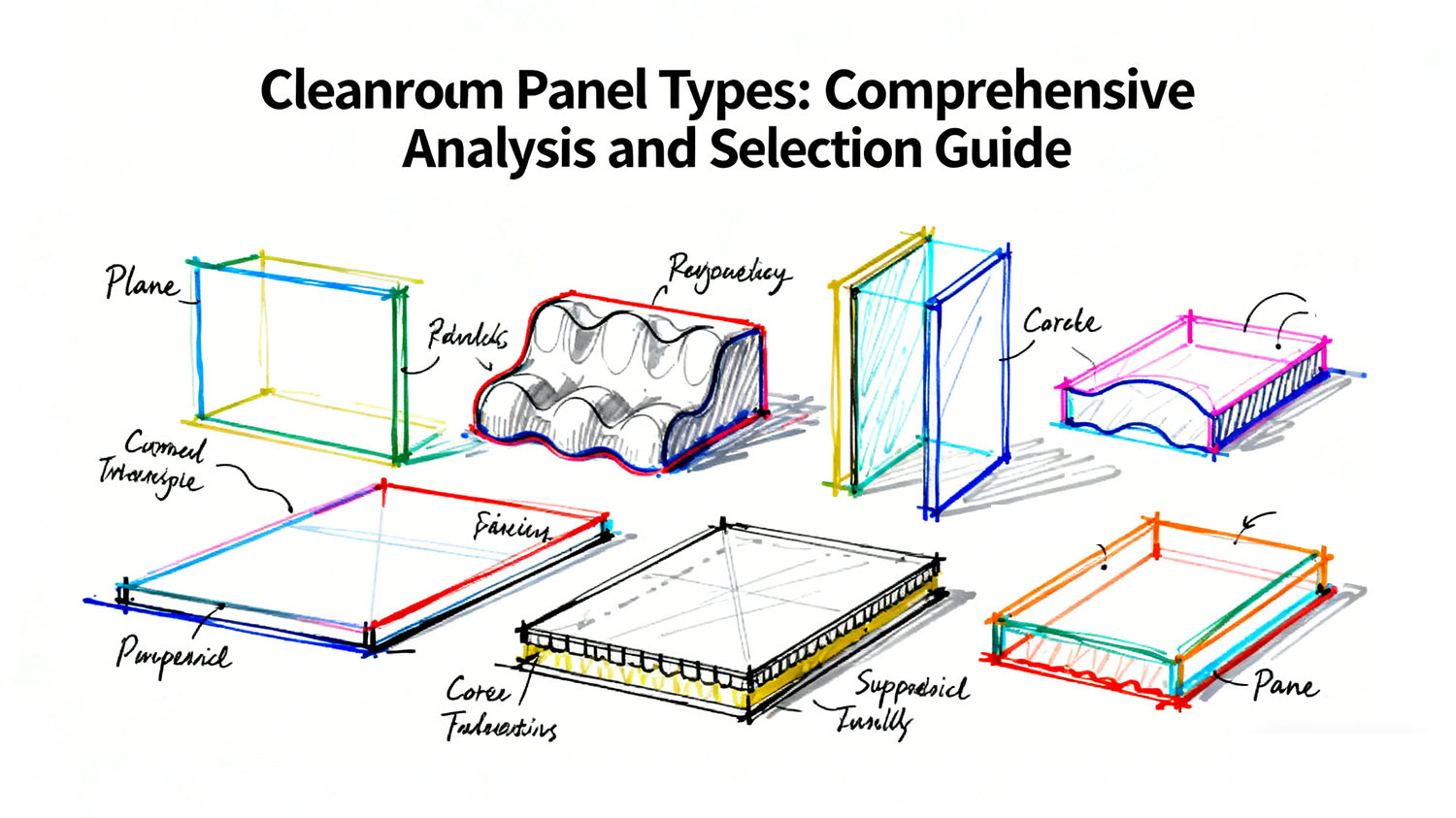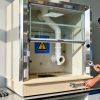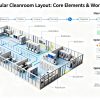Account
-
Safe payment options
We only work with the most secure payment systems.
-
Product return within 30 days
We do our very best to keep our customers happy.
No products in the cart.
You dont have any products in your cart yet, add a few products to experience this experience.
Add $500.00 to cart and get free shipping!
To see and take advantage of all discounted products.
Click HereCleanroom Panel Types: Comprehensive Analysis and Selection Guide
Table of Contents
ToggleIntroduction: Why Cleanroom Panels Are Critical?
Cleanroom panels serve as the fundamental building blocks of controlled environments, playing a crucial role in maintaining cleanliness, fire resistance, thermal insulation, acoustic performance, and chemical resistance. Understanding the different cleanroom panel types available is essential for constructing a facility that meets regulatory standards and operational requirements.
The selection of appropriate cleanroom panel types directly impacts your facility’s performance, compliance, and long-term operational costs. Properly chosen panels from Deiiang™ ensure optimal environmental control while minimizing maintenance and replacement expenses over time.
Cleanroom Panel Basics: Definition and Core Characteristics
Cleanroom panels, typically constructed as sandwich panels, consist of three primary components: core material, surface materials, and adhesives. These elements work together to provide the necessary performance characteristics for controlled environments. Understanding these components is essential when evaluating different cleanroom panel types.
Different cleanroom panel types offer varying combinations of these core characteristics, making selection a critical decision in facility design. At Deiiang™, our product designer Jason.peng emphasizes that choosing the right combination can reduce energy costs by up to 25% compared to standard options.
Key Characteristics of Cleanroom Panels:
- ✓ Cleanliness Support: Non-particulating, easy to clean surfaces
- ✓ Structural Stability: Load-bearing capacity and durability
- ✓ Fire Safety: Compliance with fire regulations and standards
- ✓ Thermal & Acoustic Insulation: Environmental stability maintenance
- ✓ Chemical Resistance: Corrosion resistance properties
- ✓ Aesthetics: Visual requirements and appearance
Cleanroom Sandwich Panel Structure Diagram

Typical cleanroom sandwich panel construction showing core and surface materials
Main Types of Cleanroom Panels: Classification by Core Material
The core material is the heart of any cleanroom panel, determining its fundamental physical properties including fire resistance, thermal insulation, and load-bearing capacity. Different cleanroom panel types utilize various core materials to achieve specific performance characteristics.
When selecting from available cleanroom panel types, the core material represents approximately 60-70% of the panel’s volume and significantly influences its overall performance. Deiiang™ offers expertise in matching core materials to specific application requirements.
A. Polyurethane (PUR) / Polyisocyanurate (PIR) Core Panels
PUR and PIR core materials represent premium options among cleanroom panel types, offering exceptional thermal insulation properties due to their closed-cell structure. PIR provides enhanced fire performance compared to PUR, making it suitable for more demanding applications.
Advantages:
- Exceptional thermal insulation (λ-value: 0.022-0.028 W/mK)
- Lightweight with high strength-to-weight ratio
- PIR offers improved fire resistance
- Excellent dimensional stability
Disadvantages:
- Limited fire rating compared to mineral cores
- Potential smoke generation at high temperatures
- Higher cost than standard options
PUR/PIR Core Panel Structure
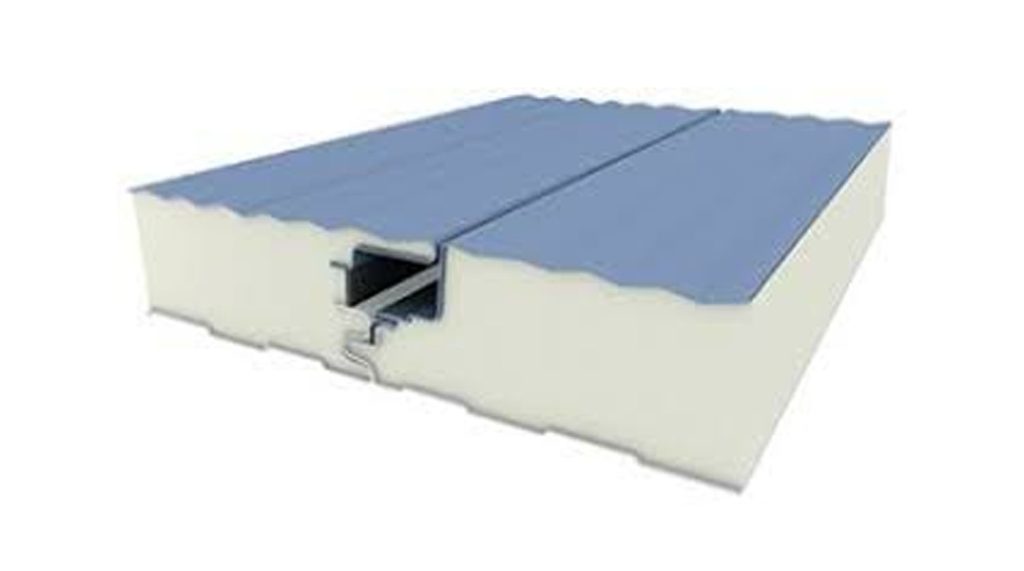 PUR:PIR Core Panel Structure
PUR:PIR Core Panel Structure
Closed-cell structure provides excellent insulation
B. Rock Wool Core Panels
Rock wool core panels are among the most fire-resistant cleanroom panel types available, offering A-class fire ratings along with excellent acoustic performance. These panels are inorganic and non-combustible, making them ideal for high-safety applications.
Advantages:
- Excellent fire rating (A-class non-combustible)
- Superior acoustic insulation properties
- Good thermal performance (λ-value: 0.034-0.040 W/mK)
- Non-combustible and inorganic
Disadvantages:
- Heavier than foam core alternatives
- Potential moisture absorption without proper sealing
- May produce minimal fibers if damaged
Rock Wool Core Panel Structure
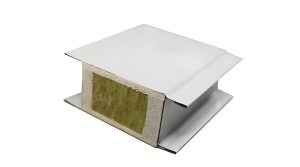
Dense mineral wool provides fire resistance
C. Paper/Aluminum Honeycomb Core Panels
Honeycomb core panels offer exceptional strength-to-weight ratios among cleanroom panel types, making them ideal for applications where weight is a critical factor. Aluminum honeycomb provides better fire and moisture resistance compared to paper variants.
Advantages:
- Extremely lightweight construction
- High strength-to-weight ratio
- Excellent surface flatness
- Aluminum honeycomb offers good fire performance
Disadvantages:
- Paper honeycomb has poor moisture resistance
- Higher cost for aluminum honeycomb
- Limited thermal insulation properties
Aluminum Honeycomb Core Panel
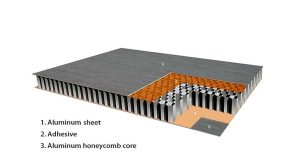
Honeycomb structure provides strength with minimal weight
D. Glass Wool Core Panels
Glass wool cores offer another inorganic option among cleanroom panel types, providing good thermal and acoustic insulation with high fire resistance. These panels are particularly valued for their sound absorption capabilities.
Advantages:
- Excellent thermal and acoustic insulation
- A-class fire rating
- Good sound absorption properties
- Cost-effective mineral option
Disadvantages:
- Heavier than foam core alternatives
- Lower compressive strength than rock wool
- Potential for fiber release if damaged
E. Expanded Polystyrene (EPS) Core Panels
EPS core panels represent the most economical option among cleanroom panel types, offering good thermal insulation at a lower cost. However, their limited fire performance restricts their use in high-safety applications.
Advantages:
- Lowest cost option
- Lightweight construction
- Good thermal insulation (λ-value: 0.033-0.038 W/mK)
- Easy to install and handle
Disadvantages:
- Limited fire rating (typically Class E or F)
- Combustible material
- Not suitable for high-fire-risk areas
Main Types of Cleanroom Panels: Classification by Surface Material
The surface material of cleanroom panels directly impacts durability, cleanability, chemical resistance, and aesthetic appearance. Different applications require specific surface properties to ensure long-term performance and compliance.
Selecting the right surface material among available cleanroom panel types can extend service life by up to 40% in corrosive environments. Deiiang™ offers comprehensive testing to match surface materials with specific operational conditions.
A. Color Coated Steel (PPGI/VCM)
Pre-painted galvanized iron (PPGI) and vinyl-coated metal (VCM) represent the most common surface materials for cleanroom panel types, offering a balance of performance, durability, and cost-effectiveness.
Advantages:
- High strength and durability
- Good abrasion resistance
- Easy to clean and maintain
- Wide range of color options
- Cost-effective solution
Disadvantages:
- May require special coatings for corrosive environments
- Heavier than aluminum alternatives
- Potential for corrosion at cut edges
PPGI Surface Panel Detail
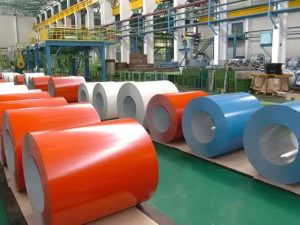
Pre-painted galvanized steel offers durability
B. Coated/Anodized Aluminum
Aluminum surfaces offer lightweight alternatives among cleanroom panel types, with coated or anodized finishes providing enhanced corrosion resistance and aesthetic appeal for modern facilities.
Advantages:
- Lightweight construction
- Excellent corrosion resistance
- Modern aesthetic appearance
- Good formability and workability
Disadvantages:
- Higher cost than steel options
- Susceptible to denting and deformation
- Lower impact resistance
C. Stainless Steel Plate
Stainless steel surfaces represent the premium option among cleanroom panel types, offering exceptional corrosion resistance, durability, and cleanability for demanding environments like pharmaceutical and biotechnology facilities.
Advantages:
- Exceptional corrosion resistance
- High strength and durability
- Withstands high temperatures
- Easy to sterilize and disinfect
- Long service life
Disadvantages:
- Highest cost option
- Heavier than other materials
- More difficult to fabricate
- Higher thermal conductivity
Stainless Steel Surface Panel
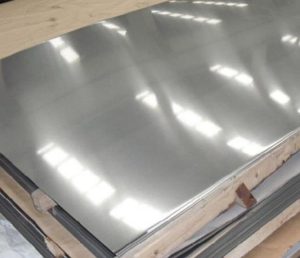
Stainless Steel Surface Panel
D. Magnesium Oxide Board
Magnesium oxide boards offer an eco-friendly alternative among cleanroom panel types, providing excellent fire resistance and moisture protection while maintaining environmental sustainability.
Advantages:
- Excellent fire resistance
- Good moisture resistance
- Effective sound insulation
- Environmentally friendly
- Mold and mildew resistant
Disadvantages:
- Lower impact resistance
- Potential for dimensional changes in high humidity
- Surface can be prone to scratching
E. Other Surface Materials
Specialized applications may require alternative surface materials such as High-Pressure Laminates (HPL), PVC sheets, or Fiberglass Reinforced Plastic (FRP), each offering unique properties for specific cleanroom requirements.
Cleanroom Panel Selection Guide: Tailored to Your Project
Selecting the appropriate cleanroom panel types requires careful consideration of your facility’s specific requirements, operational conditions, and budget constraints. A systematic approach ensures optimal performance and compliance.
Understanding the relationship between different cleanroom panel types and their performance characteristics enables informed decision-making. Deiiang™ provides expert guidance to match panel specifications with project requirements.
Cleanroom Panel Selection Decision Flowchart
Systematic approach to cleanroom panel selection
A. Cleanroom Class and Particulate Control
ISO 14644 cleanroom classifications dictate specific requirements for panel materials, emphasizing non-particulating surfaces, easy cleanability, and anti-static properties. Higher classification levels (ISO 5-8) demand more stringent material specifications.
B. Fire Rating and Safety Compliance
Different industries and regions impose specific fire safety requirements for cleanroom panel types, with classifications ranging from A-class (non-combustible) to lower ratings. Core material selection significantly impacts fire performance.
C. Chemical Resistance and Corrosive Environments
Chemical exposure from cleaning agents, process chemicals, or environmental factors necessitates careful selection of surface materials with appropriate resistance properties. Stainless steel offers the broadest chemical compatibility.
D. Thermal Insulation, Acoustic Performance and Energy Considerations
Thermal performance directly impacts energy consumption, with better insulation reducing HVAC loads by 15-30%. Acoustic considerations become critical in noise-sensitive applications like research laboratories.
E. Cost Effectiveness and Maintenance Cycle
Lifecycle costing analysis should consider initial investment, operational energy costs, maintenance requirements, and expected service life. Premium panels often deliver better long-term value despite higher initial costs.
Cleanroom Panel Installation and Maintenance Considerations
Proper installation and maintenance are critical for maximizing the performance and longevity of cleanroom panel types. Modular design principles facilitate efficient construction while maintaining integrity.
Regular maintenance of different cleanroom panel types can extend service life by 30-50% while ensuring continued compliance with cleanliness standards. Deiiang™ provides comprehensive support for installation and maintenance protocols.
A. Modular Design and Installation
Modular cleanroom panel systems enable rapid installation, flexibility for future modifications, and maintain structural integrity. Proper connection systems and sealing are essential for performance.
Cleanroom Wall Panel Connection Detail
Common connection methods for modular cleanroom panels
B. Daily Cleaning and Maintenance
Regular cleaning protocols using approved agents maintain surface integrity and cleanliness. Proper procedures prevent damage to surfaces and preserve performance characteristics.
C. Common Issues and Solutions
Surface scratches, joint separation, and localized corrosion represent common issues with cleanroom panel types. Prompt identification and proper repair techniques maintain integrity and performance.
Comprehensive Comparison: Cleanroom Panel Types Overview
This comprehensive comparison table provides a quick reference for evaluating different cleanroom panel types based on core materials, surface options, key advantages, limitations, and typical applications.
The table below summarizes the essential characteristics of major cleanroom panel types, enabling informed selection decisions. Our product designer Jason.peng at Deiiang™ recommends using this as a starting point for specification development.
Conclusion and Call to Action
Selecting the appropriate cleanroom panel types represents a critical decision that impacts facility performance, compliance, and operational costs. The complexity of available options necessitates careful consideration of specific requirements and standards.
Understanding the relationship between core materials, surface options, and performance characteristics enables informed selection of cleanroom panel types. Professional guidance from experienced providers like Deiiang™ ensures optimal outcomes for your cleanroom project.
Ready to Select the Right Cleanroom Panels?
Contact our experts at Deiiang™ for personalized guidance on cleanroom panel selection tailored to your specific requirements.




